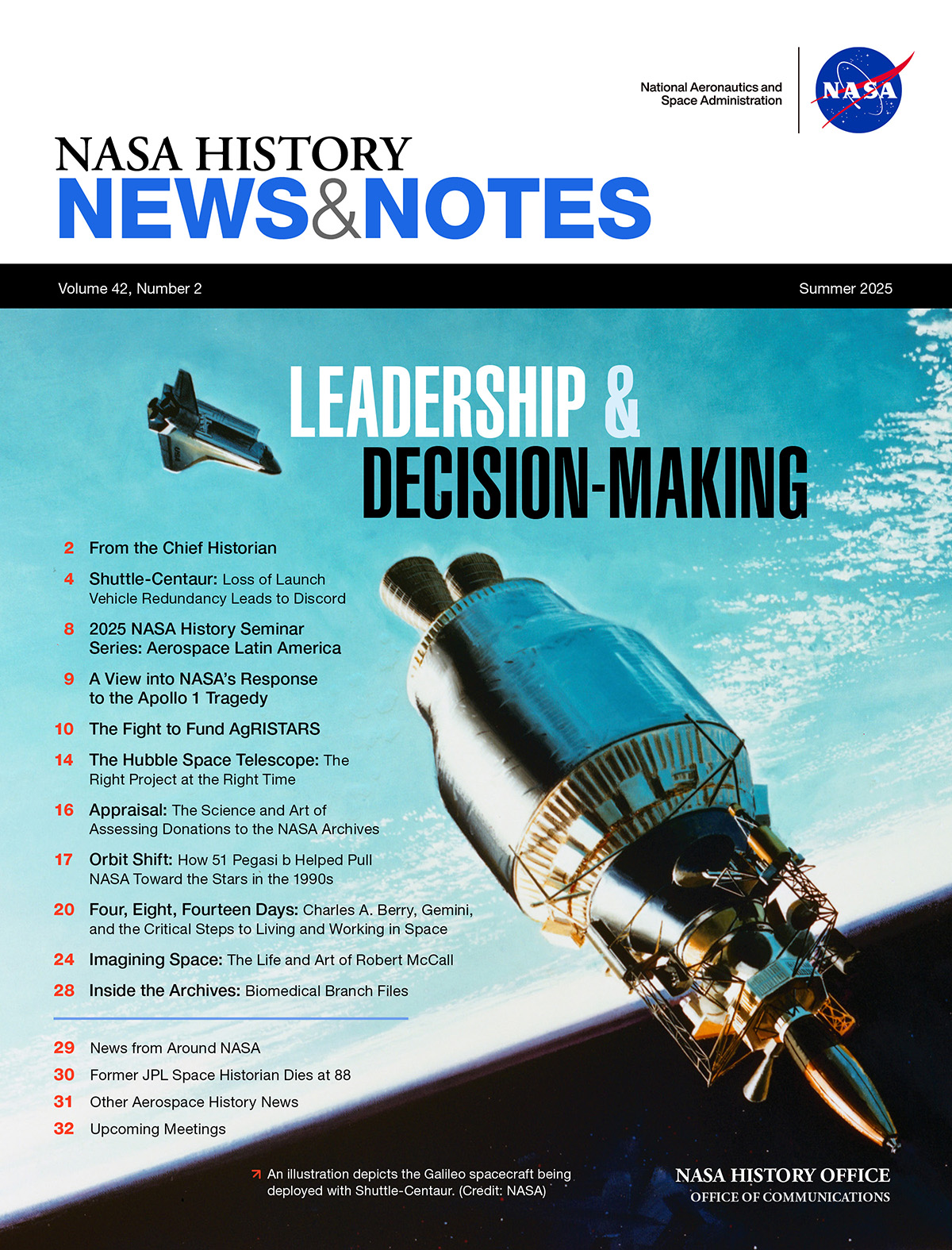How this driving school applies psychology to teach teens (and their parents) about safer driving
Building muscle and mental memory requires a cognitive approach (and lots of practice). The post How this driving school applies psychology to teach teens (and their parents) about safer driving appeared first on Popular Science.

From drawing to playing basketball, brushing your teeth or riding a bike, kids learn motor skills by practicing, usually under the careful tutelage of a parent. Tiny adjustments are made as they practice over and over, until the skill becomes second nature. Teen driving instructor Dan Wagner, founder of Teen Driving Solutions, thinks driving can be taught the same way, with help from schools like his, which also involves teaching parents how to coach their kids how to drive.
By creating more ways for teen drivers to train cognitively, new drivers are more likely to develop the muscle and mental memory to avoid problems on the road.
One element of that is grasping hazard perception, or the ability to detect and respond to developing situations like bicycle riders along the shoulder or small actions that indicate another driver is about to cut in front of them. Those psychological connections make more sense for new drivers when they’re taught specific skills versus simply learning the rules.
Driver’s license rules vary widely from state to state in America. Teens can apply for a learner’s permit at 14 in Iowa and may carry other passengers at their parents’ discretion, while young drivers in Alaska with a Provisional license may not have any passengers under the age of 21 in the car with them other than siblings. Across the board, however, one thing is sure: Car crashes are a leading cause of death for teenagers.
It doesn’t have to be that way, says Wagner, who founded Teen Driving Solutions 15 years ago to teach new drivers how to prevent injuries and fatalities for themselves and others. It’s way beyond just teaching adolescents the rules of the road; Teen Driving Solutions offers techniques that train them to avoid potential accidents altogether.

Parents play a role in the class, too
While the kids are in class or completing drills, parents are picking up tips on how to be a better coach in the car.
That requires some psychology and a sprinkling of illustrative stories that drive the point home about what can happen if you don’t pay attention. The course itself is a full two days, and at least one parent learns alongside the teen so the messages are embedded in each family. These classes can also teach parents how to be more effective driving instructors for their kids, both in terms of how to keep calm while their child is behind the wheel and how to communicate with them while they’re driving
“Often, parents teaching their children to drive take on much of the cognitive load of the task themselves,” Jessica Hafetz Mirman, PhD, a lecturer in applied psychology at the University of Edinburgh, told the American Psychological Association. “They will instruct teens on when to start a turn and when to brake, for example, and will scan the road for hazards themselves.” Instead, Wagner instructs parents on how to set a good example to better guide their kids to be safe drivers.
Most parents don’t know how to teach their teens how to drive, Wagner says, and he sees too many of them riding shotgun while looking at their phones when they could be watching out for opportunities to help their young drivers improve.
“Talking to your kids about driving should be as common as we talk to them about sports and their grades,” Wagner says.

Are teen drivers doomed to be irresponsible? This man says no.
In the U.S., we have made the acquisition of a driver’s license all about passing a written test about the rules of the road and a road test to demonstrate a driver’s ability to comply, Wagner says. For a lifetime of driving, that focus is skewed. Considering that some teens can get their permit without an in-person or even an online course requirement (Alaska, Alabama, Nebraska, Missouri, Pennsylvania, Tennessee, and West Virginia) should be a little alarming to everyone, since paper driving logs are easily padded or even falsified. New drivers are launched on the roads on a daily basis, which may offer similar disastrous results as releasing the Kraken of ancient Greek mythology.
Wagner’s mission is to change lives by empowering teens with mental and driving skills that are proven to keep them safe. Participants repeat the course mantra (“Arrive alive every time you drive”) several times throughout the weekend. Instructors–all of them with extensive driving experience, and many with tragic stories of motor vehicle fatalities in their own family and friend groups–use techniques that ensure the new drivers remember. Above all, practice is a major factor in safer driving.

Teen drivers are often assumed to be reckless and irresponsible right off the bat, and an underdeveloped prefrontal cortex is blamed. Wagner disagrees with that premise, and he has the statistics to back it up: He says 98 percent of graduates from the Teen Driving Solutions program remain incident free (no crashes) for at least five years.
“I contend there is nothing about the way the prefrontal cortex develops that affects [teen driving fatalities],” Wagner says. “With training and experience, they can become a safer driver.”
At the training in the last weekend of May, a teen driver named Leo stood up in front of the crash with his father to explain how he was recently involved in a minor fender bender. He walked through the steps and identified what caused the accident and what he could do differently in the future, in the process cementing a new path for the synapses to connect in his brain.
“Driving requires a lot of critical thinking in the moment,” one young student observed after an emergency braking drill.
Keeping the focus on the experience and thought process is key.
Technology continues to improve and expand in regards to car safety, and many automakers offer a full suite of driver-assist features like blind-spot warnings, rear cross-traffic alerts, and automatic emergency braking. However, we should be cautious about shifting away from crash prevention training, Warner cautions. The onus, Wagner says, shouldn’t stray from the driver just because cars are getting more technologically savvy. Ultimately, drivers still control the car, not the computers.
“If there is one single thought or principle that was conveyed in this class, I hope it’s the fact that the majority of today’s teen crashes are set in motion before these drivers ever open the door of that automobile and climb behind the wheel,” Wagner tells the students in his most recent course. “All of us as drivers need to understand that the most critical element in preventing crashes is the mindset we possess around our approach to driving.”
At the “graduate session” at the end of two days, the teens demonstrate their new skills on a wet skid pad that stands in for slippery road situations. As he exited the training vehicle, one of the students removed his helmet as he considered what he’d just learned.
“It taught me a very different perspective on driving and really, about how dangerous it can be if you’re not careful,” he said. “It’s about handling yourself better than others on the road.”
The post How this driving school applies psychology to teach teens (and their parents) about safer driving appeared first on Popular Science.























































































































































